Data shows high turnover in Minnesota’s high school coaching ranks
Administrators operating athletic programs say schools can’t maintain stability when they’re constantly replacing coaches.
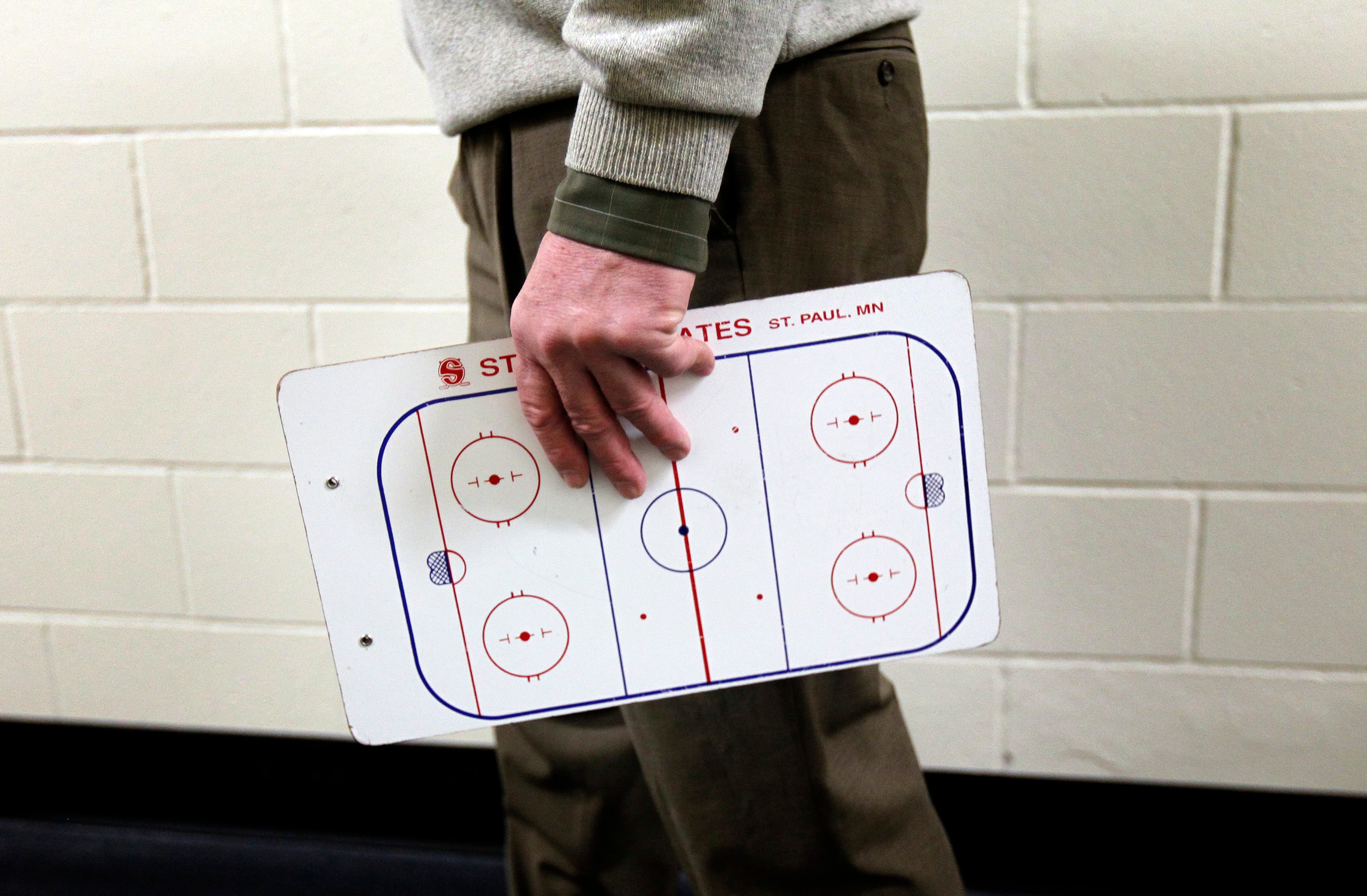
The Minnesota Star Tribune
Longtime Minnesota high school coach Rick Ringeisen sounded an alarm this week about the escalating turnover rate for the state’s coaches, especially in girls hockey and girls basketball.
Over the past three school years, 72% of the state’s girls hockey head coaching jobs have come open, as have 52% of the girls basketball jobs, according to data released Wednesday by the Minnesota State High School Coaches Association (MSHSCA).
“Some of it is coaches walking away because of the stress,” said Ringeisen, the MSHSCA’s executive director. “Sometimes they’re being asked to go away, and some are being told to go away.”
Coaches across the country commonly cite long hours, low pay, burnout and tense relationships with parents as reasons many are exiting the profession, according to the National Interscholastic Athletic Administrators Association.
Ringeisen said the MSHSCA wants to publicize the turnover rate to encourage empathy toward coaches, the way public awareness has stemmed some hostility toward officiating crews.
Coaching turnover has long been a factor in high school sports, “but not the numbers that we’re seeing now,” Ringeisen said. “The pressure on these coaches to win is like never before.”
Eden Prairie girls basketball coach Ellen Wiese was surprised to hear the high turnover numbers, but she knew a leading cause.
“Parental pressure has become increasingly difficult to deal with for coaches,” she said. “I think, no matter what anybody says, that has to be a factor in coaches’ decisions to leave a school or leave the profession fully.”
Girls numbers highest
After noticing a worrisome level of coaching turnover, Ringeisen pulled numbers from the state coaches associations for six sports: girls and boys hockey, girls and boys basketball, softball and baseball.
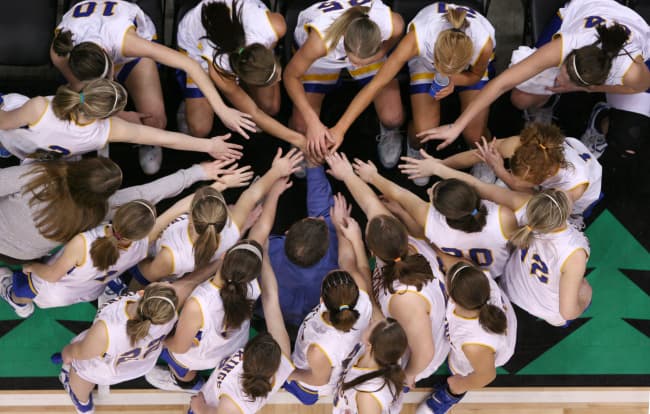
Related Coverage
The girls sports had significantly more coaching turnover than their boys counterparts. Softball’s two-year turnover rate was 19%, compared to 6% for baseball. Girls hockey’s three-year turnover rate (72%) nearly doubled boys hockey’s (39%).
The biggest head-scratcher for those interviewed for this story is girls hockey.
“I think part of it is the cost of this sport right now,” Stillwater girls hockey coach Tim Morris said. “The parents, especially, are looking for their ROI, the return on investment. … And this is not just hockey, it’s soccer, it’s volleyball, it’s lacrosse, it’s swimming.”
Minnesota has 107 high school girls hockey teams. Thirty-five had head coaching openings after the 2022-23 season and 24 the next year.
Apple Valley athletic director Cory Hanson said coaching has become a demanding job. “There’s a lot of nights, a lot of weekends, a lot of expectations,” he said. “You know, you’re dealing with a lot of parents with different opinions about how you’re doing your job.”
Hanson noted high school coaching generally doesn’t pay well. Head coaches get a stipend worth about $4,500-$7,500. Morris estimated that if you divide the stipend by the hours worked, “you’re probably making less than 10 bucks an hour.”
That’s not much money, especially considering the pressure coaches are under.
“Coaches are dealing with players and parents that have unrealistic expectations of where they fit in, how good they are, the playing time that should be afforded them,” Morris said. “In many cases, the athletic directors struggle to back their coaches … if parents don’t get their way, they go to the school boards or the superintendents or the principals.”
Activities directors numbers of note
Minnesota has plenty of athletic director turnover, too.
Of the 492 schools in the state with an AD position, 17% had AD openings two years ago, 14% last year and 12% this year.
Dan Johnson, executive director of the Minnesota Interscholastic Activities Administrators Association (MNIAAA), said 29 of the state’s 59 incoming AD’s this year are new to the position.
“Already this year, we’ve had two or three that have quit since the first day of fall practice,” Johnson said.
Meanwhile, Goodhue boys basketball coach Matt Halverson, also a science teacher at the school, said he’s “extremely nervous” about the country’s teacher shortage.
“If you start getting fewer teachers, now you start getting fewer coaches and less quality teachers and coaches,” he said.
When coaches leave a team, continuity suffers. Ringeisen notes that over the past five years, the average state championship winning coach had coached for at least 20 years.
But programs can’t gain that stability when they’re constantly replacing coaches.
Since the COVID-19 pandemic, there have been decreasing numbers of coaches who double as teachers. Many new coaches come from the private sector. Ringeisen is grateful to have them aboard to fill open positions but sees a drawback, too.
“When you had teachers that were coaching, they were coaching two and three sports, and they were doing it for decades, so you had constancy,” Ringeisen said. “When we bring people in from the private sector, their interest is not as long-term.”
Sometimes it’s difficult keeping the players around, too, at a time when more are transferring to other schools. Wiese said she finds herself thinking about how to keep players from transferring away from her Eden Prairie squad.
She said in recent years she’s wondered, “’Gosh, if I’m not playing that kid, is she going to transfer?’
“Ten years ago, that would never cross my mind,” she added. “Believe me, I’m not using it to make any of my playing time decisions or personnel decisions, but it certainly pops into my mind.”
About the Author
Joe Christensen
Strib Varsity Enterprise Reporter
Joe Christensen is our Strib Varsity Enterprise Reporter and moved into this position after several years as an editor. Joe graduated from the University of Minnesota and spent 15 years covering Major League Baseball, including stops at the Riverside Press-Enterprise and Baltimore Sun. He joined the Minnesota Star Tribune in 2005.
See More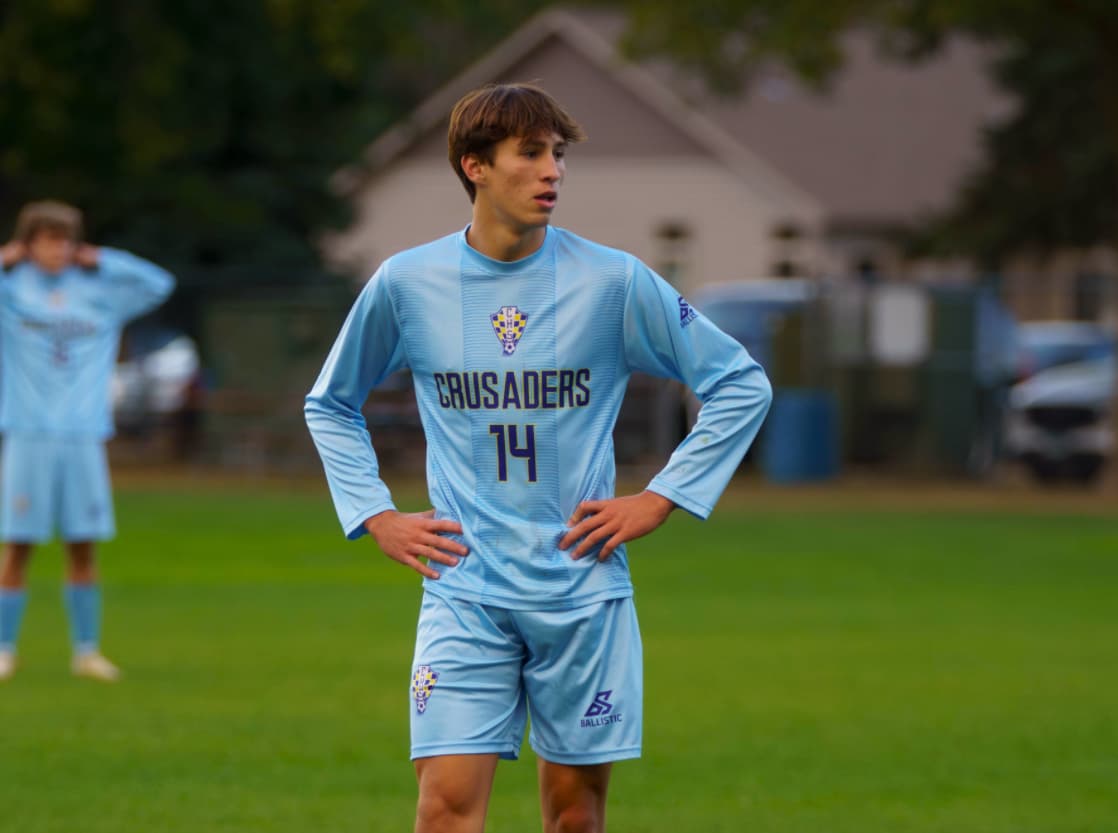
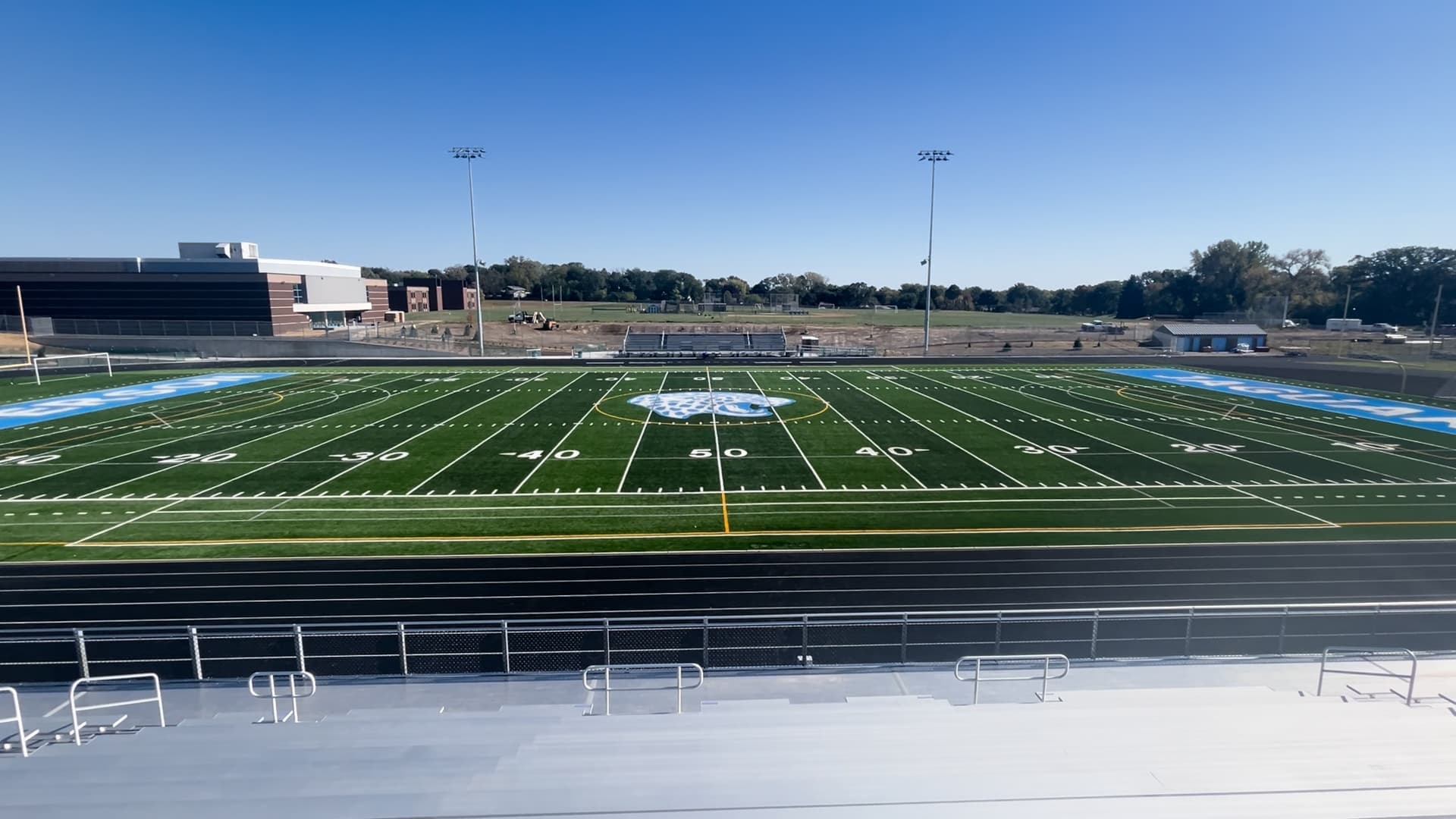
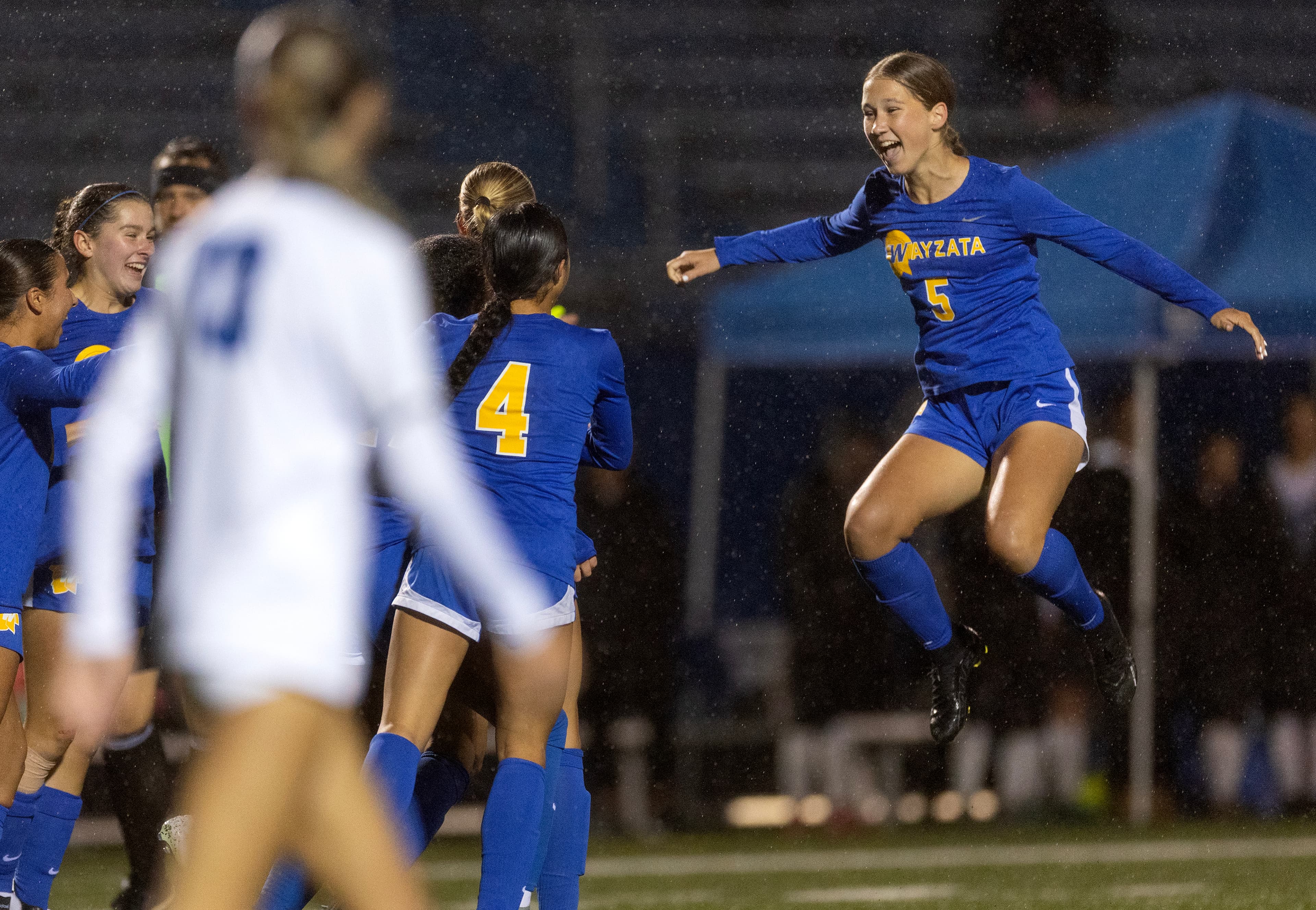
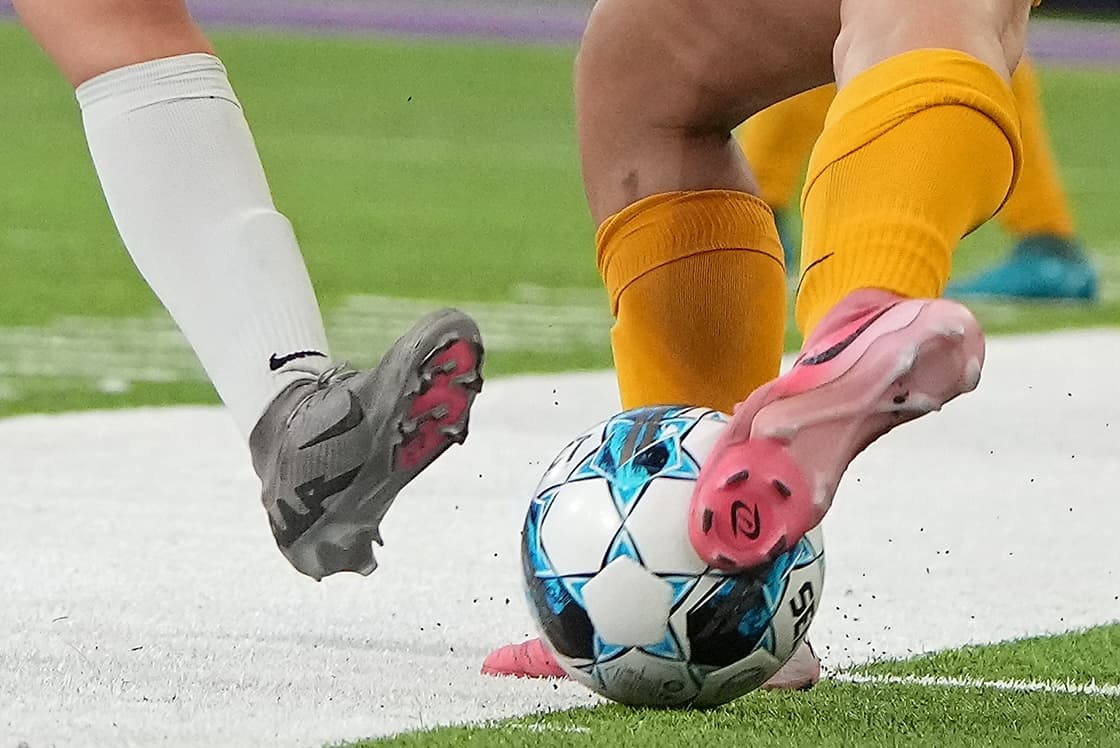

Comments